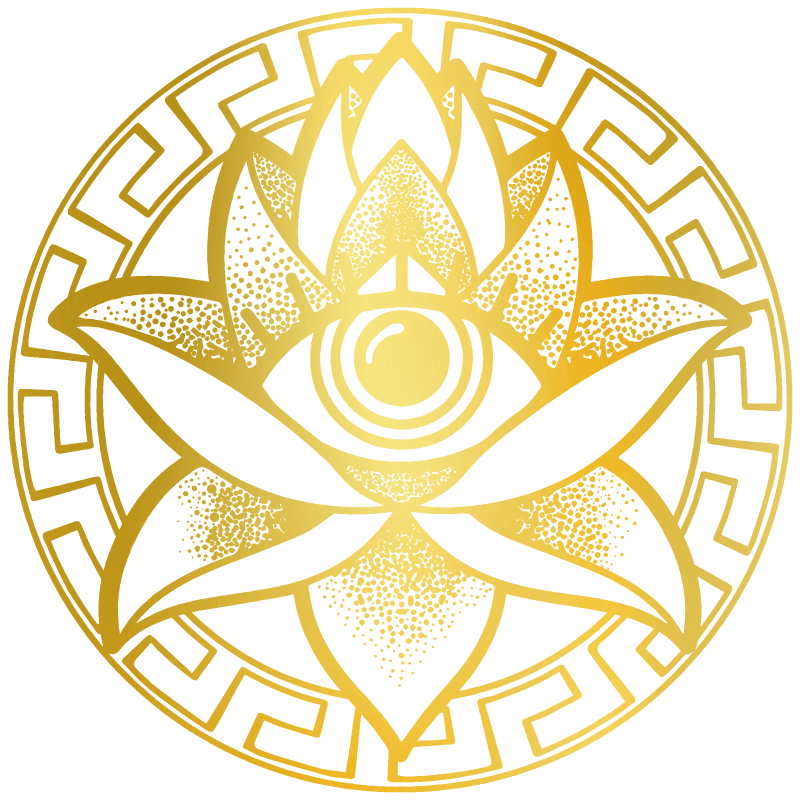The ancient Blue Lotus (Nymphaea caerulea), also known as the Egyptian Blue Water Lily, has long been associated with spiritual rituals, relaxation, and dream enhancement. Today, it’s regaining popularity in wellness circles through a modern trend — microdosing Blue Lotus. Advocates claim it enhances mood, focus, and creativity, while offering a natural alternative to synthetic nootropics. But what does science actually say about these claims? Let’s dive into the evidence, potential benefits, and safety considerations behind microdosing Blue Lotus.
Understanding Blue Lotus: A Historical and Botanical Overview
For thousands of years, Blue Lotus held a sacred place in ancient Egyptian and Mayan cultures. It was used in religious ceremonies, aphrodisiac preparations, and meditative practices. Archaeological evidence shows that Blue Lotus flowers appeared frequently in tomb art and temple carvings — symbols of rebirth and divine consciousness.
Active Compounds in Blue Lotus
Scientific studies identify two key psychoactive compounds:
-
Nuciferine – a dopamine receptor modulator known for mild sedative and euphoric properties.
-
Aporphine – an alkaloid that acts as a dopamine agonist, potentially inducing relaxation and mood elevation.
These compounds interact subtly with the brain’s dopaminergic system, influencing pleasure, focus, and motivation — the very pathways many nootropics target.
What Is Microdosing Blue Lotus?
Microdosing involves consuming very small, sub-perceptual doses of psychoactive or nootropic substances to harness their benefits without intoxication. When applied to Blue Lotus, this typically means a few drops of tincture, a small amount of tea, or a micro-infused gummy or extract consumed daily or several times a week.
How It Works
Unlike a full ceremonial dose (which can be sedative and mildly hallucinogenic), a microdose of Blue Lotus delivers gentle neurochemical modulation. Users report:
-
Subtle elevation in mood
-
Enhanced creativity and flow state
-
Reduced anxiety or mental chatter
-
Improved sleep quality and dream vividness
These effects align with the alkaloids’ action on dopamine and serotonin pathways — offering a potential natural route to balance emotional and cognitive states.
The Science Behind Blue Lotus Microdosing
While modern clinical trials are limited, early pharmacological research offers promising insights into how Blue Lotus may work.
1. Dopamine Modulation
Studies on nuciferine suggest it acts as a dopamine receptor antagonist and partial agonist, balancing dopamine levels rather than overstimulating them. This mechanism may explain why users report calm focus and stable mood instead of overstimulation.
2. Mild MAO Inhibition
Some research indicates that Blue Lotus may function as a mild monoamine oxidase inhibitor (MAOI). This could enhance neurotransmitter activity (serotonin, dopamine, norepinephrine), leading to improved emotional resilience and mental clarity.
3. Sleep and Dream Regulation
Blue Lotus has traditionally been used as a sleep enhancer and lucid dream aid. The aporphine alkaloids are known to induce relaxation and influence REM sleep cycles, which may account for the dream-enhancing experiences reported by users.
4. Neuroprotective Potential
Emerging data on related water lily species show antioxidant and neuroprotective activity. This suggests potential long-term brain health benefits, though human trials are needed to confirm these effects.
Benefits of Microdosing Blue Lotus
While anecdotal evidence dominates, user reports and traditional use indicate several potential advantages when microdosed responsibly.
1. Emotional Balance and Anxiety Relief
Blue Lotus’s calming alkaloids can reduce mild anxiety, offering a gentle alternative to pharmaceuticals. It promotes emotional stability without sedation or dependency.
2. Cognitive Enhancement
Many users microdose Blue Lotus for mental clarity, creativity, and flow state enhancement. When combined with mindfulness or creative work, it can support sustained attention and inspiration.
3. Natural Aphrodisiac Effects
Historically, Blue Lotus was prized as a sexual tonic. The dopamine-boosting and muscle-relaxing effects can enhance libido, connection, and sensual awareness.
4. Better Sleep and Dream Quality
Taken in microdoses during the evening, Blue Lotus can promote deep relaxation and vivid dreaming without causing grogginess. It’s popular among people exploring lucid dreaming and sleep optimization.
Methods of Microdosing Blue Lotus
1. Tinctures
A few drops of Blue Lotus tincture (1–5 drops) under the tongue or mixed in tea offers consistent dosing and rapid absorption.
2. Tea or Infusion
Steeping dried Blue Lotus petals in hot water creates a gentle tea. For microdosing, use about 0.1–0.2 grams per cup, sipped slowly for best effect.
3. Capsules or Extracts
Standardized extract capsules ensure precision and convenience. Opt for products listing nuciferine content or extract ratio (e.g., 10:1).
4. Edibles or Gummies
Microdosed Blue Lotus gummies offer a discreet, travel-friendly way to integrate the plant into daily wellness routines.
Safety, Dosage, and Precautions
Although Blue Lotus is not classified as a controlled substance in most countries (including the U.S.), caution is still advised.
Recommended Microdose
Most users report positive results with:
-
1–5 drops of tincture
-
0.1–0.2 grams of dried flower
-
One 5–10 mg gummy or capsule
Start low and observe your body’s response before adjusting.
Potential Side Effects
In excessive amounts, Blue Lotus may cause:
-
Mild nausea or dizziness
-
Drowsiness
-
Increased heart rate (rare)
Avoid combining with other sedatives, alcohol, or MAOIs, as interactions could amplify effects.
Pregnancy and Health Conditions
Pregnant or nursing individuals should avoid Blue Lotus due to limited safety data. Those on psychiatric or cardiovascular medication should consult a professional before use.
Legal Status of Blue Lotus
As of 2025, Blue Lotus remains legal in the U.S., Canada, and most European countries, though it cannot be marketed for human consumption in some regions. Always check local regulations before purchasing or importing.
What Science Still Needs to Explore
While traditional wisdom and modern user data highlight promising effects, scientific validation is still in its early stages. More clinical research is needed to confirm:
-
Neurochemical impact on human cognition
-
Long-term safety and tolerance
-
Optimal dosing schedules
-
Synergistic effects with other adaptogens or nootropics
The growing interest in plant-based microdosing could encourage new academic and pharmacological studies over the next few years.
Conclusion
Microdosing Blue Lotus bridges ancient plant medicine and modern neurohacking culture. Early evidence and centuries of traditional use suggest it may offer real benefits for mood, creativity, and balance — provided it’s used responsibly and consciously.
As science catches up to tradition, Blue Lotus may emerge as a gentle yet powerful botanical ally in the pursuit of clarity, calm, and cognitive enhancement.
For those seeking a natural path to wellness, microdosing Blue Lotus could be the next evolutionary step in mindful living.
FAQ’s
1. What does microdosing Blue Lotus feel like?
Most people describe the effects as calming yet uplifting. It promotes a sense of mental clarity, emotional balance, and creative flow without causing intoxication. Some users also report mild euphoria and enhanced sensory awareness.
2. Is Blue Lotus legal to microdose?
Yes, Blue Lotus is legal in most countries, including the United States, Canada, and many parts of Europe. However, in some regions, it cannot be marketed for human consumption, so always check your local regulations before purchasing.
3. How often can I microdose Blue Lotus?
Most users microdose 2–4 times per week to maintain subtle benefits without building tolerance. It’s recommended to start small — such as 1–3 drops of tincture or 0.1 grams of dried flower — and observe how your body responds.
4. Can Blue Lotus interact with other supplements or medications?
Yes. Because Blue Lotus may act as a mild MAOI and dopamine modulator, avoid combining it with prescription antidepressants, stimulants, or other psychoactive herbs. Always consult a healthcare professional before mixing it with medications.
5. Are there any side effects of microdosing Blue Lotus?
When used responsibly, side effects are rare. However, excessive use may lead to mild dizziness, nausea, or drowsiness. Staying hydrated and starting with low doses can help minimize any discomfort.

